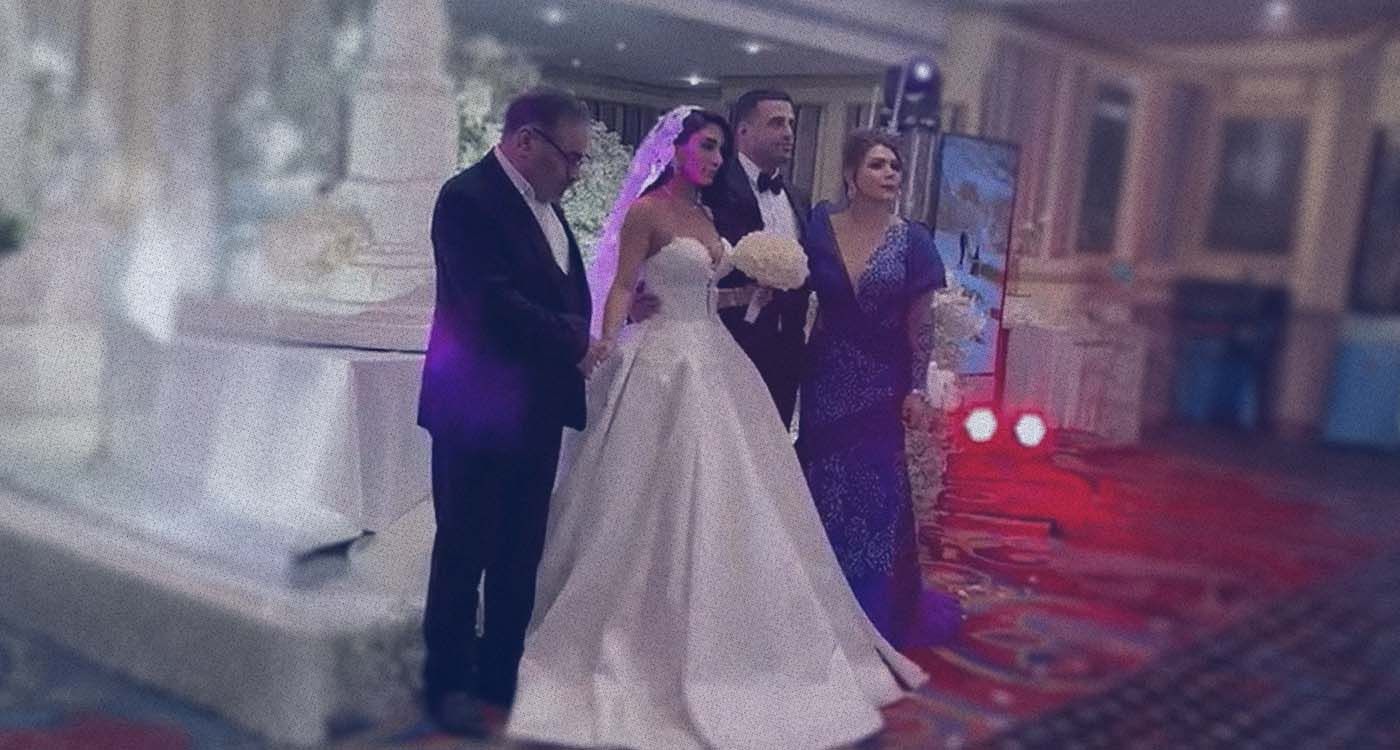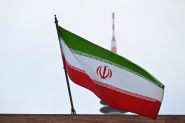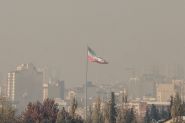- Home
- Middle East
- The Shamkhani Wedding Scandal: How a Leaked Wedding Became Iran’s Mirror of Moral Collapse

In mid-October 2025, a leaked video from a private wedding set Iran ablaze, digitally, politically and morally. It wasn’t just any celebration. The footage showed the daughter of Rear Admiral Ali Shamkhani, one of Iran’s most powerful men and a close confidant of Supreme Leader Ayatollah Ali Khamenei, parading in a strapless white gown at the opulent Espinas Palace Hotel in Tehran.
The irony was cinematic: the same man who led the crackdown on women protesting compulsory hijab in 2022, the “Woman, Life, Freedom” uprising, was escorting his unveiled daughter down a Western-style wedding aisle under chandeliers and violins. The event’s estimated cost of 1.4 billion tomans (around $300,000) mocked the daily struggle of ordinary Iranians surviving hyperinflation and hunger.
But the wedding was not merely a family affair. It was a political explosion, a portrait of hypocrisy that pierced the veil of Iran’s theocracy at a moment of national exhaustion.
The viral video revealed more than glamour. It exposed the two Irans: one for elites, one for everyone else. Guests danced freely, women wore revealing gowns and the bride’s mother appeared in a backless blue lace dress.
For ordinary citizens, these were not just fashion choices, they were criminal acts. Under the same laws Shamkhani once defended, Iranian women can face flogging, imprisonment or public humiliation for baring their hair or arms. The state has reactivated “morality patrols” and deployed 80,000 hijab officers across the country since June 2025. Yet, within elite circles, luxury weddings defied every rule of piety they publicly impose.
When activists like Masih Alinejad reposted the footage with biting captions, such as “Shamkhani’s daughter in a strapless dress, while women are beaten for showing hair,” it resonated with millions.
On social media and Telegram channels, Iranians flooded comment sections with biting remarks: “Their daughters dance in palaces while ours rot in prison.”
The Shamkhani wedding isn’t an isolated lapse, it’s a pattern. Just as the 2022 “Layette-Gate” exposed luxury imports by Speaker Mohammad Bagher Ghalibaf’s family, this incident revealed the moral bankruptcy of Iran’s revolutionary elite. They preach sacrifice while living in palaces, enforce austerity while importing Italian lace, and imprison unveiled women while marrying their own daughters without hijab.
This double life, once whispered in Tehran’s salons, is now filmed, uploaded and weaponized by a generation that no longer fears authority. The revolutionary myth of equality has disintegrated, leaving behind a feudal hierarchy draped in religion.
As of late October 2025, Iran’s streets tell a different story than its propaganda. Behind the facade of “resilience” that state TV projects, gold medals in wrestling, and agricultural fairs in Uzbekistan lies a society on edge: retirees protesting unpaid pensions in front of ministries; 1,500 death-row inmates on hunger strike at Qezel Hesar Prison; “No to Execution” rallies clashing with police near parliament; food prices skyrocketing, with beans now costing 660,000 tomans per kilo.
Meanwhile, the government symbolically removed four zeros from the rial, as if cosmetic reform could cure economic decay. Khamenei’s prolonged absence after the war with Israel fuels rumors about succession battles, while Iran’s once-feared proxies, from Hezbollah to the Houthis, are in disarray.
Yet, amid this chaos, the regime continues to pour resources into missile upgrades and nuclear fortifications, constructing new bunkers at Parchin to ensure “survivability.”
It is a paradoxical picture: a system both fragile and fierce, both corroded and unyielding.
Iran’s next year looks like a pressure cooker with no release valve. Economic collapse and moral hypocrisy have fused into political fuel. Retirees, students and families of prisoners are the new vanguard of protest. As winter nears, shortages of fuel and food could trigger flashpoints similar to 2019’s deadly unrest. The state’s security machine remains intact, but legitimacy has evaporated. Tehran risks becoming a “security state without faith.”
With its regional influence shattered after the June war, Iran’s leadership views nuclear progress as its only guarantee of survival. Hardened underground sites and longer-range missiles suggest Tehran is racing toward “latent breakout capacity” by mid-2026. That path may buy deterrence but invites confrontation.
The “Axis of Resistance” lies in ruins. Financial channels to Hezbollah and Hamas are frozen, and Iranian influence in Iraq is challenged by both the US and Baghdad. The regime’s new frontier is technological, cyberwarfare, missile testing and sanctions evasion, but its soft power is vanishing fast. Arab normalization with Israel leaves Tehran increasingly encircled.
The Shamkhani wedding video, in this context, is more than gossip, it is symbolic decay captured in 4K. It reveals a regime sustained not by ideology, but by inertia and fear. The Islamic Republic that once claimed moral purity now mirrors the monarchies it overthrew—distant, decadent and detached.
What comes next is uncertain but inevitable. Iran’s people are no longer terrified, they are disgusted. The next revolution may not come from slogans, but from satire, exposure and silent disobedience. The veil has fallen. Not from women’s heads, but from the faces of their rulers.
Iran today stands between two fates: a nationalist reinvention or a slow implosion. Its rulers cling to missiles and myths, while its youth wield smartphones and irony. The Shamkhani wedding will fade from the headlines, but its symbolism won’t, because in the Islamic Republic of 2025, hypocrisy has become the new heresy.
Read more




Comments